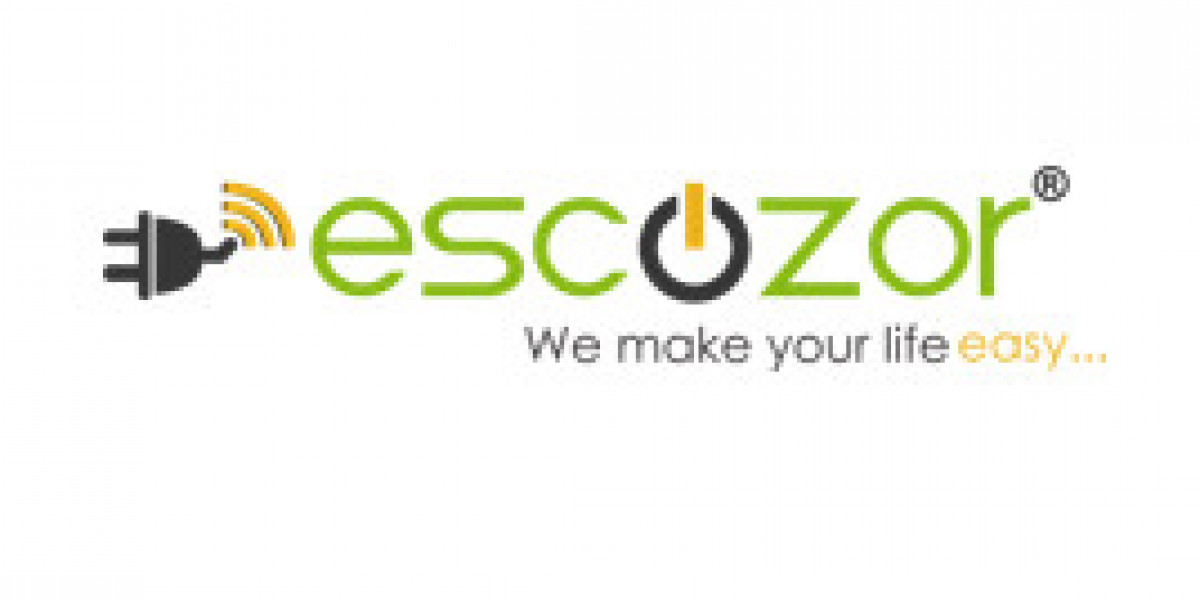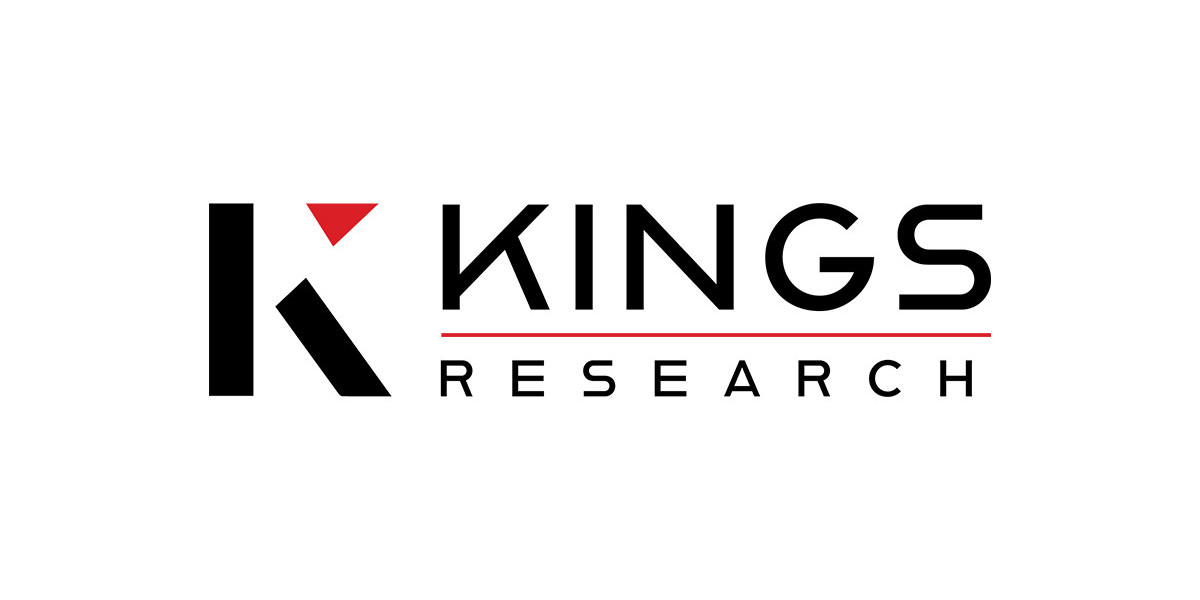Choosing the Right Methodology for Your IGNOU PGDDM Project in Disaster Management
The IGNOU PGDDM (Post Graduate Diploma in Disaster Management) project is an important part of the PGDDM curriculum, which trains students for careers in disaster management, humanitarian aid, and risk reduction. The project is often completed in the program's final phases and is intended to assess the student's comprehension and implementation of disaster management principles, methods, and procedures.
The project requires students to conduct independent research on a disaster management topic, allowing them to investigate many areas of catastrophe preparedness, response, recovery, and mitigation. Natural disaster management (such as floods, earthquakes, and cyclones) and man-made disasters (such as industrial accidents or urban resilience) are also possible topics.
Students are expected to exhibit their research skills by gathering data, analyzing case studies, and developing strategies or answers to the complexity of disaster management. IGNOU instructors evaluate the final project report based on its research quality, analysis, and practical applicability.
What are the different research methodologies available for disaster management projects in the PGDDM program?
In the IGNOU PGDDM Project, various research methodologies can be employed depending on the objectives of the project, the nature of the disaster being studied, and the available resources. Some of the most common research methodologies include:
1. Qualitative Research Methodology
Description: Focuses on understanding phenomena through non-numerical data like interviews, case studies, focus groups, and field observations.
Common Uses: Exploring community responses to disasters, assessing perceptions of vulnerability, or understanding the emotional and psychological impacts of disasters on affected populations.
Data Collection: Interviews with survivors, key informants, and experts in disaster management.
2. Quantitative Research Methodology
Description: Involves the collection and analysis of numerical data, often using surveys, statistical methods, and structured questionnaires.
Common Uses: Measuring the extent of disaster impacts (e.g., economic losses, casualties), evaluating the effectiveness of disaster management programs, or analyzing risk factors.
Data Collection: Surveys, questionnaires, and official disaster statistics.
3. Mixed-Methods Research
Description: Combines both qualitative and quantitative approaches to provide a comprehensive analysis.
Common Uses: When a disaster management project requires both statistical analysis and in-depth understanding of human experiences, for example, evaluating community preparedness while analyzing the effectiveness of a disaster response program.
Data Collection: Combining surveys with interviews or focus group discussions.
4. Case Study Methodology
Description: In-depth investigation of a single instance or a small number of instances, often involving historical case studies of disasters or disaster management strategies.
Common Uses: Analyzing specific disaster events, recovery efforts, or examining the outcomes of past disaster management strategies.
Data Collection: Document analysis, interviews with survivors, responders, or local authorities, and media reports.
5. Action Research
Description: Involves a cyclical process of planning, action, observation, and reflection, where the researcher works alongside the community or stakeholders to solve practical problems.
Common Uses: Developing and implementing disaster risk reduction strategies with local communities, assessing the real-time impact of interventions.
Data Collection: Participant observation, interviews with community members, feedback surveys.
6. Comparative Research
Description: Involves comparing disaster management practices across different regions, types of disasters, or organizations.
Common Uses: Assessing the effectiveness of various disaster response models or comparing recovery outcomes between different countries or regions.
Data Collection: Secondary data sources, interviews with experts, comparison of disaster response documents.
7. Survey Research
Description: Uses structured questionnaires to gather large-scale data from a population to quantify attitudes, behaviors, or experiences related to disaster management.
Common Uses: Understanding public awareness of disaster risks, evaluating preparedness levels, or measuring the effectiveness of government policies in disaster management.
Data Collection: Surveys distributed to the public, disaster management professionals, or affected communities.
8. Ethnographic Research
Description: Focuses on the cultural and social aspects of disaster management by studying communities' responses, coping mechanisms, and social structures.
Common Uses: Studying how different cultures prepare for, respond to, and recover from disasters.
Data Collection: Immersive fieldwork, participant observation, interviews with local populations.
9. Geospatial Analysis (GIS and Remote Sensing)
Description: Uses geographic information systems (GIS) and remote sensing technologies to map disaster risks, analyze spatial data, and track disaster impacts over time.
Common Uses: Mapping hazard zones, assessing infrastructure vulnerability, or evaluating disaster response logistics.
Data Collection: Satellite images, drone footage, and GIS software.
10. Historical Research
Description: Involves studying past disasters and their impacts to understand patterns, causes, and lessons for future disaster management.
Common Uses: Understanding the long-term effects of past disasters on communities, economies, or ecosystems, and assessing the evolution of disaster management practices over time.
Data Collection: Archival records, historical documents, interviews with survivors or experts.
Sample of IGNOU PGDDM Project topics
Disaster Risk Reduction Strategies In Urban Planning
The Role Of Technology In Enhancing Disaster Response
Community-Based Approaches To Flood Management
Environmental Degradation, Its Impact and Awareness among People
A Study to Explore the Environmental Global Warming: A Case Study Of Kedarnath
Disaster Management: A Case Study Of Floods In Chennai
Disaster Management: A Case Study Of Floods In The Brahmaputra Valley Of Assam
Drought Management: A Case Study Of Droughts In Gujarat
Role of Local Self Government With Reference To Disaster Management
Disaster Management: Man-Made Tragedy of Uttarakhand Flood
What role does data collection play in selecting the right methodology for your disaster management project?
Data collection plays a crucial role in selecting the right methodology for a IGNOU PGDDM Project, as the type of data needed directly influences the approach and tools chosen for the research. The following points outline how data collection impacts the methodology selection:
1. Determining the Nature of the Data
Qualitative vs. Quantitative: The type of data you plan to collect will guide your choice between qualitative or quantitative methodologies. For instance, if you're exploring people's experiences or perceptions of a disaster, qualitative methods like interviews or focus groups may be suitable. Conversely, if you need to measure the extent of damage or evaluate disaster preparedness levels, quantitative methods such as surveys or statistical analysis may be more appropriate.
Data Type: Whether you collect numerical data (e.g., casualties, economic loss) or descriptive data (e.g., survivor stories, community response) will shape the methodology. Mixed-methods may be chosen when both types of data are essential.
2. Scope of Data
Broad vs. Specific: The scale of your project can impact your choice of methodology. For instance, if you're collecting large-scale data on disaster preparedness across multiple communities, survey research may be ideal. For more in-depth exploration of specific communities or events, case study or ethnographic approaches might be more fitting.
3. Availability and Accessibility of Data
Primary vs. Secondary Data: If primary data (first-hand information from disaster-affected areas or survivors) is accessible, field-based methodologies such as interviews, surveys, or participatory research could be chosen. On the other hand, secondary data (such as official reports, historical records, or satellite images) might lead to the use of secondary data analysis, GIS, or historical research methodologies.
4. Data Collection Methods
Fieldwork Considerations: The nature of the disaster and the resources available can impact how data is collected. For example, in disaster zones, methods such as interviews, direct observations, or participatory action research may be suitable, requiring a more qualitative or mixed-method approach. Alternatively, using technology like GIS or remote sensing might be necessary to collect spatial data in areas affected by large-scale disasters like floods or earthquakes.
5. Ethical Considerations
Sensitivity to Affected Populations: In disaster management research, especially when involving vulnerable or affected populations, the method of data collection must consider ethical concerns. If conducting interviews or fieldwork with survivors, ethical frameworks will guide the selection of a methodology that ensures respect, confidentiality, and safety for participants.
6. Time and Resource Constraints
Practicality of Data Collection: Some methodologies require extensive data collection time and resources. If access to disaster-affected areas is limited or if time is constrained, secondary data analysis or secondary research methods might be chosen over primary data collection. Alternatively, if quick on-the-ground data is needed, survey tools or digital platforms could be employed to gather large quantities of data efficiently.
7. Purpose of the Research
Descriptive vs. Analytical: If the goal is to describe the nature of a disaster and its impacts (e.g., a case study of community response), qualitative data collection methods will be more suitable. If the research aims to analyze trends, impacts, or correlations (e.g., the relationship between socioeconomic factors and disaster vulnerability), quantitative data collection methods would be more appropriate.
8. Data Analysis Techniques
The choice of methodology also impacts how the collected data will be analyzed. If you intend to use statistical methods, methodologies involving structured data collection (such as surveys) would be appropriate. If your project involves thematic analysis or narrative exploration, qualitative methods like interviews or focus groups will shape your approach to data collection and analysis.
Can mixed-methods research enhance the reliability and validity of your IGNOU PGDDM Project?
Yes, mixed-methods research can significantly enhance the reliability and validity of your IGNOU PGDDM Project by combining the strengths of both qualitative and quantitative research approaches. Here's how it can improve these two critical aspects:
1. Improving Reliability
Reliability refers to the consistency of the research findings. By integrating both qualitative and quantitative methods, mixed-methods research helps increase the overall reliability of the project.
Triangulation: One of the key advantages of mixed methods is the use of triangulation, which involves using multiple data sources or methods to cross-verify findings. For instance, quantitative data (such as statistics on disaster impacts) can be validated through qualitative data (such as interviews with survivors or field experts), reducing the likelihood of biases or errors in interpretation.
Data Consistency: By employing both methods, the researcher can cross-check data, ensuring that the findings are consistent across different data collection techniques. For example, if survey results on disaster preparedness are corroborated by interviews or focus group discussions, the overall reliability of the findings is strengthened.
2. Enhancing Validity
Validity refers to the accuracy and truthfulness of the research findings, and mixed-methods research can enhance it in several ways:
Complementary Strengths: Quantitative methods provide numerical precision, while qualitative methods offer deep insights into human behavior and context. By combining both, the researcher gains a fuller, more nuanced understanding of disaster management issues, which increases the validity of the conclusions drawn. For instance, a survey on evacuation practices can be complemented by interviews that explore the reasons behind people's behavior, offering a more valid and comprehensive picture of evacuation preparedness.
Increased Contextual Understanding: Qualitative data can help explain and provide context for the trends identified in quantitative research, improving the internal validity of the study. For example, while quantitative surveys might reveal low levels of disaster preparedness in a community, qualitative interviews can uncover the underlying reasons (such as lack of education or resources), leading to more accurate conclusions.
Rich Data for Comprehensive Analysis: Mixed methods enable a deeper understanding of complex disaster management phenomena by offering both statistical insights and personal narratives. This breadth of data improves the construct validity of the research by ensuring that all aspects of the problem are considered.
3. Dealing with Limitations of Each Method
Addressing Biases in Quantitative Data: Quantitative data may sometimes fail to capture the complexity of human emotions or behaviors during a disaster. Qualitative methods can help mitigate this by exploring the personal experiences and social dynamics that quantitative data might overlook.
Minimizing Subjectivity in Qualitative Data: Qualitative research can be subject to researcher bias or subjective interpretations. Quantitative data, on the other hand, can provide objective metrics that help balance and verify subjective insights, ensuring that conclusions are grounded in measurable evidence.
4. Improved Generalizability
Broader Applicability: Quantitative research often allows for broader generalization because of the larger sample sizes, whereas qualitative research offers in-depth insights into specific cases. Combining the two enhances the generalizability of the research findings, especially when qualitative insights are used to explain or complement the quantitative results.
Contextual Relevance: By using mixed methods, the research can capture both the broader trends and the specific contexts or challenges that certain communities face, offering a more valid and generalizable solution for disaster management interventions.
Check Out: Simplify, Research, Succeed: IGNOU MCOM Project
How does the type of disaster (e.g., flood, earthquake, industrial accident) impact the choice of research methodology?
The type of disasterflood, earthquake, or industrial accidentaffects the choice of research methodology based on the nature, scope, and impact of the event:
Floods: Require methodologies that handle large-scale data, such as GIS for mapping, quantitative surveys for assessing damage, and qualitative interviews to understand community responses.
Earthquakes: Often require rapid assessment tools and case studies focused on infrastructure damage, structural analysis, and survivor interviews to explore immediate and long-term recovery.
Industrial Accidents: Typically involve quantitative methods like health assessments, policy analysis, and case studies to examine regulatory failures, health impacts, and safety measures.
Conclusion
Picking the right research method for your IGNOU PGDDM project in disaster management is crucial to ensuring that your study is successful and useful. The method you choosequalitative, quantitative, or a mix of the twoshould fit your research goals, the type of disaster you're studying, and the resources you have access to.
You can make a strong and important project by carefully thinking about how to collect data, moral issues, and the type of disaster. A successful methodology not only improves the quality of your research, but it also makes a difference in disaster management by giving us useful information and solutions that we can use.
Students working on other school projects, like the IGNOU MBA project, must still ensure that their methods are in line with their study's goals and scope. Whether you're studying business administration or disaster management, the right methodology can help you connect your academic goals with real-world applications that make a difference.









